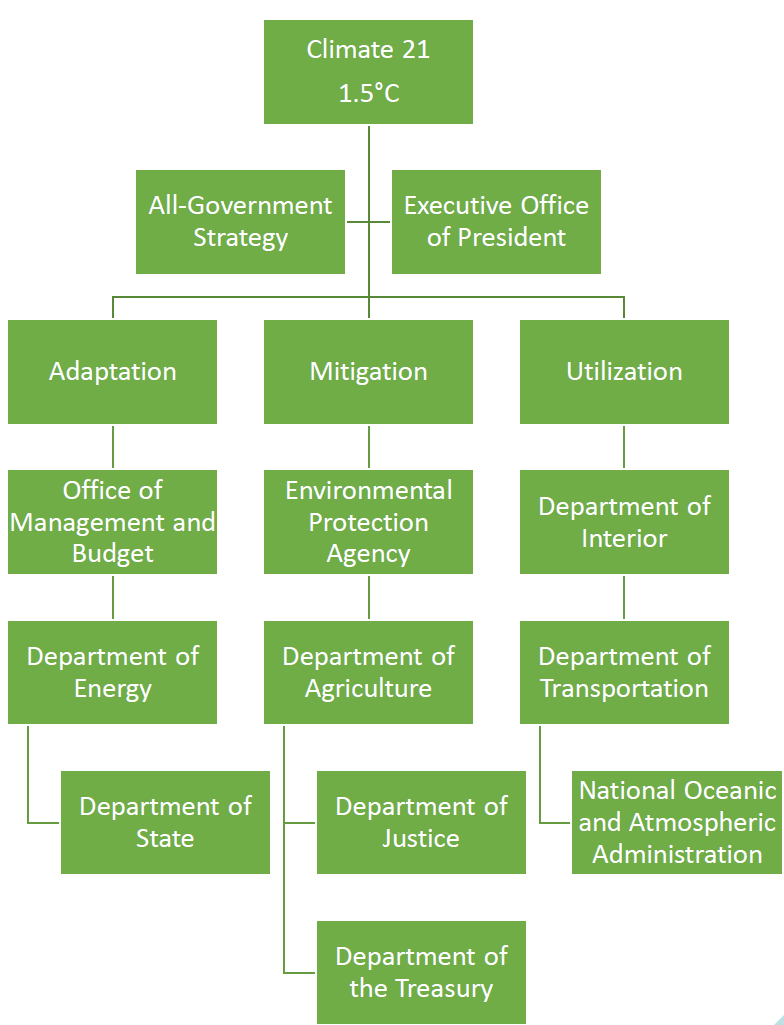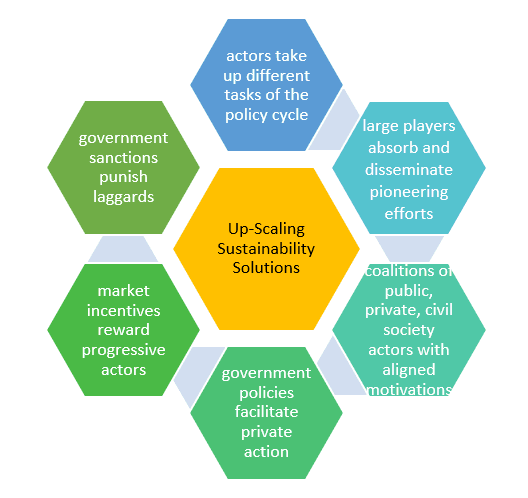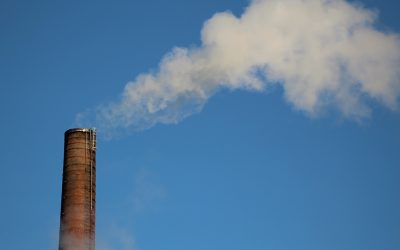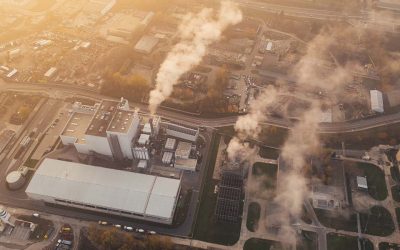Image credit: Getty Images
The Climate 21 project on “transition recommendations for climate governance and action” from President-Elect Joe Biden of the United States has just been published.
It is not a policy agenda, instead it is “actionable advice” to enable the new administration, coordinated by The White House, to hit the ground running in January 2021 through a government-wide action plan, accountable to the president.
The message from the U.S. government’s peer-reviewed national assessment of the effects and outcome of climate change produced by their top scientific agencies and experts two years ago was stark and clear: “there is no time to waste”.
The wildfires, floods, droughts, and storms experienced this year alone in the U.S. evidence the urgency of action on the looming climate emergency as “future risks from climate change depend primarily on decisions made today”.

The Climate 21 project lays out an all-embracing blueprint and program for a multilateral, comprehensive, speedy, and effective change to a green energy infrastructure, one that betters the negative effects of a changing climate. It is a heartfelt document that reads like a classic Manhattan Project, with an all-hands-on-deck approach to confront and reverse the effects of greenhouse gas emissions, global warming, and climate change.
The envisioned all-government mobilization strategy and guidance plan is geared to achieving net-zero emissions and a limit of 1.5°C by 2050. It is founded upon the synergistic relations of the three requirements for sustainability, adaptation, mitigation, and utilization, as summarized in the scheme.
It is created on the premise that the health and well-being of the economies and societies of every nation are under threat by climate change, akin to our horrendous experiences with the Covid-19 pandemic.
It is a call for urgent action to quell the current and anticipated devastating consequences of willful inaction. Rising to this global challenge will require national investment, rule making, policy change, strong international collaboration, and climate diplomacy, as well as selfless caring for the health of the planet.
Specifically, President-Elect Joe Biden’s plan to ensure the U.S. achieves a 100% clean energy economy with net-zero emissions by 2050 contains the following 5 key milestones:
- Ensure the U.S. achieves a 100% clean energy economy and reaches net-zero emissions no later than 2050
- Build a stronger, more resilient nation
- Rally the rest of the world to meet the threat of climate change
- Stand up to the abuse of power by polluters who disproportionately harm communities of color and low-income communities
- Fulfill our obligation to workers and communities who powered our industrial revolution and subsequent decades of economic growth
In this context, the IPCC report makes it abundantly clear we are on a treacherous trajectory. To change direction and alter course, it is key to recognize we are all part of the problem and need to work together altruistically to solve it. Early action is key for enabling the energy transition to build up the resilience in time to ameliorate environmental and economic disasters and human suffering.
Up-scaling of solutions for a sustainability transition is also a crucial piece of the puzzle to ensure the success of the brown to green energy transition, the main planks of which are encapsulated in the scheme.

The components of this scheme make it clear that none of us are immune to the deleterious effects of climate change, so we need to align our motivations, recognize open-minded players, and penalize foot-draggers in our pursuit of sustainable solutions.
On the road ahead, the role of government is vital for establishing policies, supporting investment, balancing incentives that motivate action, and inspiring collaboration by large and small public, private, and civil society players, institutions, and organizations, to establish a fast and effective transition to a green renewable energy infrastructure.

A recent report from the World Meteorological Organization emphasized the importance of the speed of the energy transition based on the measured trend in the global mean atmospheric CO2 concentrations for three European cities (Florence, Berlin, Heraklion) over the course of the pandemic.
The study concluded that while confinement of civil society did reduce anthropogenic CO2 emissions, the magnitude of the effect was not much discernible from natural annual variations of atmospheric CO2, and is therefore unlikely to have much influence over global mean atmospheric CO2 in 2020.
The scenario is clear: Earth’s ecosystems and oceans will be able to reduce atmospheric CO2 levels only when net-zero fossil fuel emissions are realized. Only then will the 1.5°C target of the IPCC be attainable. It was an enormous sigh of relief for the global community to read the actionable advice expounded in the Climate 21 project and a joyful welcome back to the United States of America in their decision to join like-minded nations in their shared mission to a green energy and sustainable future for generations to come.
Written by: Geoffrey Ozin and Todd Siler
Solar Fuels Group, University of Toronto Ontario, Canada, Email: [email protected], Web sites: www.nanowizard.info, www.solarfuels.utoronto.ca, www.artnanoinnovations.com, www.toddsilerart.com

















